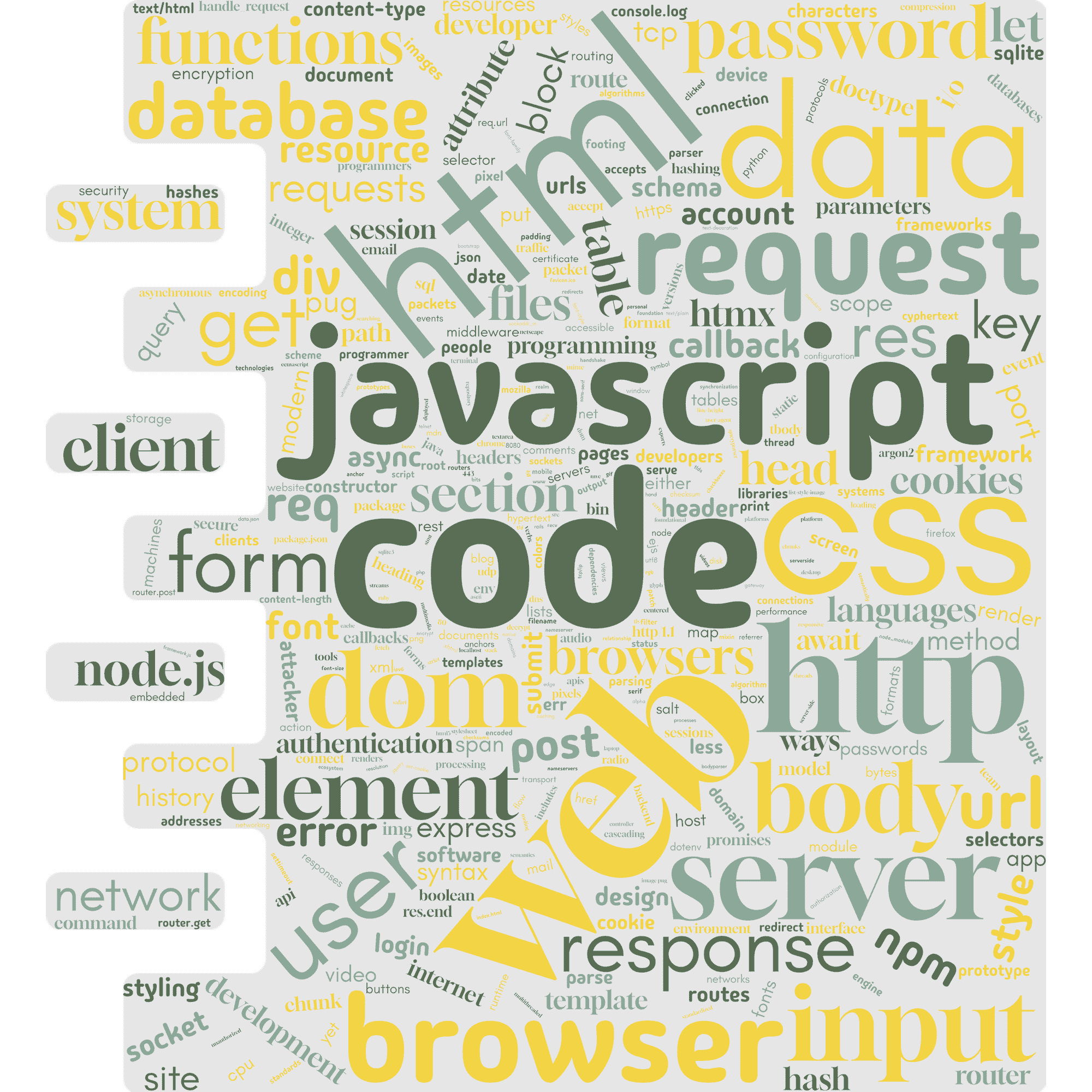How LLMs and Agents Will Deliver the Robot Promise
July 29th, 2025
TLDR
Today's robots fail in the real world because they can’t handle ambiguity, making them too expensive and limited to scale. LLMs are giving robots adaptable, language driven brains, which will get us to the tipping point where utility drives investment, cost drops, and the long-promised robot revolution begins.How LLMs and Agents Will Deliver the Robot Promise
For decades, the dream of robots doing our dirty, dull, and dangerous work has been just that—a dream. Industrial robots have existed since the 1960s, but the kinds of general-purpose robots we imagined from sci-fi, the ones that walk around and help us in messy, ambiguous real-world environments, never materialized. Why not?
The short answer is: cost and scale.
Robots that work in clean, highly controlled environments—like automotive assembly lines—already exist. We just don’t call them robots. We call them ATMs, self-checkout stations, car washes, CNC machines, etc. These are purpose-built systems, often cheaper and more reliable than humanoid bots trying to do the same tasks. What they all have in common is low ambiguity. Their inputs are predictable, their environments constrained, and their tasks repetitive.
But most physical work in the real world is not like that. It’s fuzzy, chaotic, and full of exceptions. Try writing a traditional program for “clean this room” and you’ll get a taste of the problem. That kind of complexity meant that only highly specialized (and expensive) robots could even attempt general tasks. And even then, they often failed to justify the investment.
Enter LLMs and agentic AI.
Large Language Models give robots something they’ve never had before: the ability to reason in natural language, interpret ambiguity, and adapt on the fly. Pair that with agents—systems that can make decisions, plan tasks, and call tools or functions—and you suddenly have robots that don’t need everything perfectly structured in advance. They can figure it out, or at least fake it well enough to be useful.
That’s the tipping point.
As LLMs give robots better brains, their usefulness increases. As usefulness increases, business investment starts to make sense. As more businesses invest, the costs go down, and economies of scale kick in. A larger market drives safer ROI, which drives more R&D, which improves the hardware, sensors, and software stacks even further.
This is how the Jetsons future happens—not from a single breakthrough, but from LLMs pushing robots past the threshold of “good enough to be worth it.” The robot promise isn’t dead. It was just waiting for a brain upgrade. And that upgrade is here.
Some more of my work...

Ramapo College
Professor of Computer Science, Chair of Computer Science and Cybersecurity, Director of MS in Computer Science, Data Science, Applied Mathematics

Frees Consulting and Development LLC
My consultancy - Your ideas into real working solutions and product: building MVPs, modernizing legacy systems and integrating AI and automation into your workflows.

Node.js C++ Integration
My work on Node.js and C++ Integration, a blog and e-book. Native addons, asynchronous processing, high performance cross-platform deployment.

Foundations of Web Development
For students and professionals - full-stack guide to web development focused on core architectural concepts and lasting understanding of how the web works
The views and opinions expressed in this blog are solely my own and do not represent those of Ramapo College or any other organization with which I am affiliated.